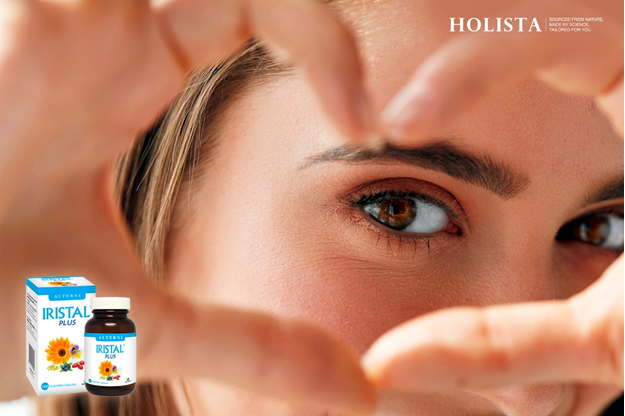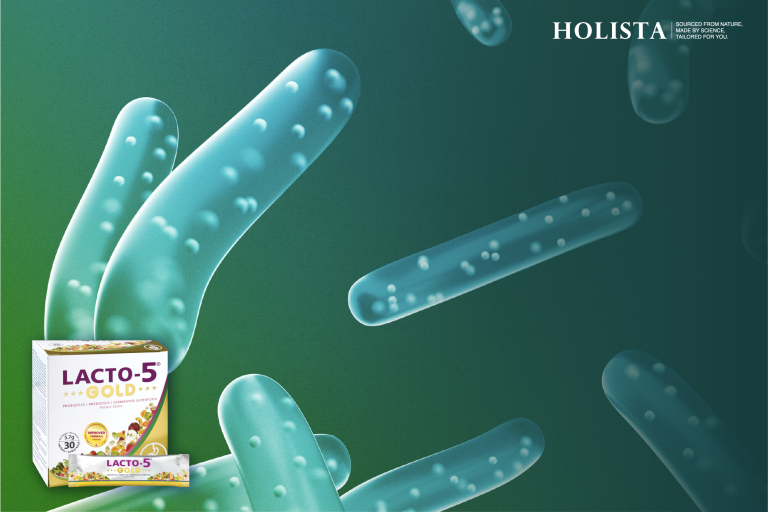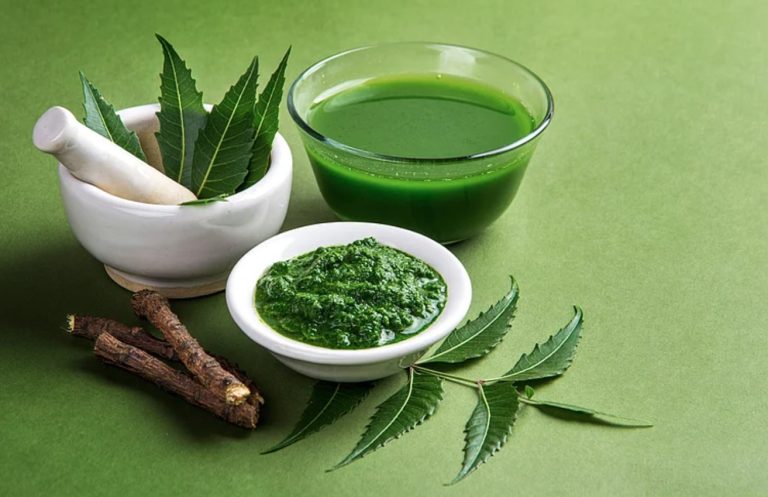The Health Benefits of Eyebright

Eyebright (Euphrasia officinalis) is a wild plant native to Europe. Long used in herbal medicine, it’s typically touted as a natural remedy for eye problems. Eyebright contains compounds called tannins, which appear to possess anti-inflammatory properties.
In folk medicine, eyebright is often used as an ingredient in eyewashes, eye drops, or compresses applied to the eyes. However, there’s some concern that use of such remedies could lead to infection, irritation, or other eye issues.
Health Benefits
- Allergies
- Colds
- Coughs
- Earaches
- Headache
- Sinusitis
- Sore throat
Eye Conditions
Eyebright contains vitamins A, B (thiamine and riboflavin), C, and E, which all have eye-nourishing properties. The vitamin B-1 (thiamine) found in eyebright is crucial for intracellular eye metabolism. Zinc, selenium, and copper are also found in eyebright and help contribute to healthy retinas and lenses, while rutin offers nutritional support to the eyes.
Scientific evidence for eyebright’s health benefits, however, is minimal. The available research includes a small study published in the Journal of Alternative and Complementary Medicine in 2000, which focused on eyebright’s effectiveness as a treatment for conjunctivitis.1
For the study, 65 people with conjunctivitis were treated with eye drops containing 10 grams (g) of eyebright, which were administered one to five times a day.
In follow-up examinations performed seven days and 14 days after the start of treatment, a complete recovery was seen in 53 of the patients. An additional 11 patients showed a “clear improvement” in symptoms such as redness, swelling, and burning. However, one patient experienced a slight worsening of conjunctivitis symptoms.
In another study published in the Balkan Medical Journal in 2014, tests on cells taken from the surface layer of human cornea demonstrated that eyebright extracts may have anti-inflammatory effects. Further research is needed to confirm this finding.2
Allergies
According to one study published in 2011, eyebright is composed of 50 percent tannins, astringent chemicals that reduce the secretion of mucus and can improve the firmness of tissues and relieve irritation. Quercetin, a flavonoid found in eyebright, also inhibits the release of histamines. The presence of these phytochemicals gives support to the idea that eyebright may also help relieve allergy symptoms.3
Selection, Preparation, and Storage
Compresses and nasal sprays made with eyebright can be found in in many natural-foods stores and stores specializing in herbal products, as well as online. It is also fairly simple to prepare these remedies at home using the dried herb.
In either case, it is important to investigate where the base herbal material for these remedies came from to ensure it wasn’t grown with harmful pesticides. Look for a product label that confirms safe-growing practices, and don’t be afraid to ask the supplier to connect you with more information.
According to a paper published by the European Medicines Agency in 2010, eyebright can be taken internally in 400 to 470 milligram capsules, as a tea made with 2 to 3 grams of the dried aerial parts of the eyebright plant, and as 1 to 2 milliliters of liquid extract. Eyebright can also be applied via eye drops.4
In each case, the eyebright may be taken three times per day.
Possible Side Effects
The side effects of eyebright are not well documented. However, eyebright drops may be harmful to certain people, including those who wear contacts or those who have had cataract removal, corneal transplants, laser eye surgery, or other eye procedures.
The safety of eyebright has not been confirmed for people who are pregnant or breastfeeding. Individuals should consult a physician prior to using eyebright drops.
According to a 2012 review, eyebright leaves can increase the production of insulin.5 People on medications affecting their blood sugar should be careful using eyebright or avoid it all together.
Some products may be contaminated with harmful chemicals and lead to infection if applied directly to the eyes. If you choose to use eyebright, look for a product with a seal of approval from a third-party organization that provides quality testing. These organizations include U.S. Pharmacopeia, ConsumerLab.com, and NSF International. A seal of approval from one of these organizations does not guarantee the product’s safety or effectiveness, but it does provide assurance that the product was properly manufactured, contains the ingredients listed on the label, and does not contain harmful levels of contaminants.
References:
- Stoss M, Michels C, Peter E, Beutke R, Gorter RW. Prospective cohort trial of Euphrasia single-dose eye drops in conjunctivitis. J Altern Complement Med. 2000;6(6):499-508. doi:10.1089/acm.2000.6.499
- Paduch R, Woźniak A, Niedziela P, Rejdak R. Assessment of eyebright (euphrasia officinalis L.) extract activity in relation to human corneal cells using in vitro tests. Balkan Med J. 2014;31(1):29–36. doi:10.5152/balkanmedj.2014.8377
- Khalili M, Wong RJ. Underserved Does Not Mean Undeserved: Unfurling the HCV Care in the Safety Net.Dig Dis Sci. 2018;63(12):3250-3252. doi:10.1007/s10298-011-0674-x
- European Medicines Agency. Assessment report on Euphrasia officinalis L. and Euphrasia rostkoviana Hayne, herba.
- Patel D, Prasad S, Kumar R, Hemalatha S. An overview on antidiabetic medicinal plants having insulin mimetic property. Asian Pacific Journal of Tropical Biomedicine. 2012;2(4):320-330. doi:10.1016/s2221-1691(12)60032-x.
Source: https://www.verywellhealth.com/the-benefits-of-eyebright-89451#citation-3




